INTRODUCTION:
Innovation is basically the process of translating an idea or invention into a product or service of value. To be called an innovation, an idea first should be economical to be replicated in reality and more importantly it should address a specific need.
Innovation as process involves deliberate application of information, imagination and initiative in deriving greater or different values from resources, and includes all processes by which new ideas are generated and converted into useful products. In business, innovation often results when ideas are applied by the company in order to further satisfy the needs and expectations of the customers.
In a social context, innovation helps create new methods to improve or better Human Life.
Innovations are divided into two broad categories:
- Evolutionary innovations (continuous or dynamic evolutionary innovation) that are brought about by many incremental advances in technology or processes and
- Revolutionary innovations (also called discontinuous innovations) which are often disruptive and new.
Why is Innovation Important?
The Innovation is synonymous with risk-taking and organizations that create revolutionary products or technologies take on the greatest risk because they create new markets. Innovations create opportunities and are critical for the survival, economic growth, and success of a Business.
Innovating helps in optimizing processes within an Organization. Companies that innovate set themselves in a different paradigm in terms of identifying opportunities or best methods to solve current problems.
“Ideas are Dime a Dozen, People who implement them successfully are Priceless”
To drive innovation and reap benefits, Leaders should be open-minded and collaborative. Feeling comfortable with uncertainty and manage changes are behavioral components enroute to innovate. Innovative leaders are curious and are optimistic since they dare to take risks. No one knows where innovation will bring the organization or individual.
Innovation and Adaptability are the innate abilities of all Humans. From the Time of Birth, we innovate by learning, observing and doing.
Types of Innovation
Innovation is something that has to be scientific, it has to be highly disruptive, and it often has to be something done by a lone individual. All of those assumptions are wrong, and a number of projects that aim to classify the various types of innovation illustrate that (or at least the first two – more on the last point a little later). Read More on Different Types of InnovationINNOVATION PROCESS STEPS
Step 1. Idea Generation
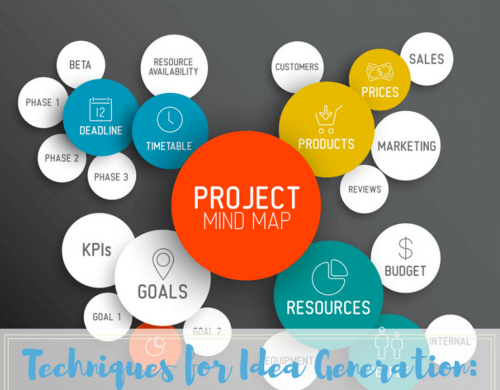 First step in an innovation process is the concept which needs to be developed and the reasons why you want to improve using the idea. It is important for Innovators to involve Key Stakeholders – A stakeholder can be anybody who will get the benefit of the Idea (ex: employees and customers etc.). Involving knowledgeable people will enable an Innovator to get a better understanding of the market or the problem which we are trying to solve.
First step in an innovation process is the concept which needs to be developed and the reasons why you want to improve using the idea. It is important for Innovators to involve Key Stakeholders – A stakeholder can be anybody who will get the benefit of the Idea (ex: employees and customers etc.). Involving knowledgeable people will enable an Innovator to get a better understanding of the market or the problem which we are trying to solve.
Besides, it will give you an opportunity to look at the idea in different angles. At this stage also, experts will also provide many viable ideas. There are five places where you can draw ideas for your innovation:
Customer innovation
As an individual works on an innovation, remember that we should always have customer in mind. Customers should be the primary inspiration for all innovations. So, its important to consider the feedback that they give to come up with an innovative idea.
This is also an important source because if you innovate something that does not meet the needs of the customer, then the innovation is likely to fail. You can get the feedback from using different engagement platforms, customer feedback forms, and your employees can report to you what the customers say.
Employee innovation
Employees relate with the customers closely so they know their needs. Moreover, they also get first hand feedbacks (compliments, complains, and suggestions) from the customers.
When a customer wants a service or a product, they explain to the employees so they can keep tabs on what customers want. Employees are also rightly placed identify products that are irrelevant to the customer. In the process of Innovation, employees will be important so as to explain how a product or a solution is used to the customers. In contrast, if they do not feel as part of the innovation, they might disregard the Idea or Solution. As a result, they may never speak well of the product.
Public innovation
Public innovation depends on information gathered from the public. The amount of feedback received through public innovation is a lot so Innovators must have the required expertise and equipment to process high levels of information. Public innovation produces helpful information but one has to be ready to filter the information to pick what is helpful.
Innovators considering this model need to make sure that we do not use it before the others: it could probably be the last model that you employ. If we have the capacity to absorb and process the information, then one could use public innovation.
Partner/supplier innovation
Innovators can share thoughts and opinions with partners and suppliers. Opening up to partner or suppliers helps improve on the goods and services they supplied.
Competitor innovation
This is a challenging but very efficient mode of Ideation. As a fact, competitors are very careful with the information they share but with a good strategy, Innovators can learn a lot from competitors. This can only happen when admit that there are other competent people, products or processes outside the current organization.
However, it does not mean that your employees are not competent enough, they are competent, but listening from others can give a different perspective or a view concerning an Opportunity.
Step 2. Advocacy and Screening
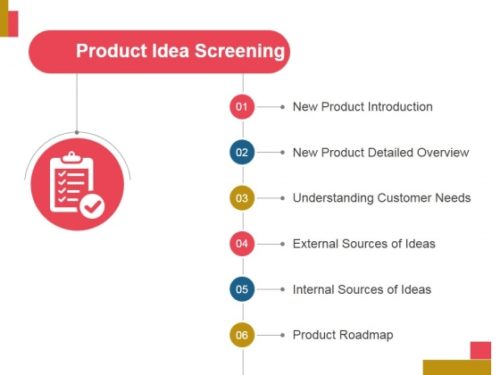 Not every idea that is generated is worth implementing, for that reason; one must screen all the ideas presented. When screening, ensure that we measure the benefits and risks of each idea to determine its viability. Any idea that has a futuristic approach should be chosen for the next stage. Participants in this stage develop the idea to enhance it. If an idea is not considered ideal, Innovators need make sure that reasons are communicated to the suggesting individual.
Not every idea that is generated is worth implementing, for that reason; one must screen all the ideas presented. When screening, ensure that we measure the benefits and risks of each idea to determine its viability. Any idea that has a futuristic approach should be chosen for the next stage. Participants in this stage develop the idea to enhance it. If an idea is not considered ideal, Innovators need make sure that reasons are communicated to the suggesting individual.
This is important especially if the individual who shared the idea is an employee so that you encourage them to suggest more ideas even if it is in the future. For an organization that wants to instil an innovation culture, you should take three steps at this stage;
- Transparency in evaluation and Idea screening
- Avenues for employees to receive feedback and advocacy
- As an organization, you should understand that evaluating an innovative idea is a difficult
Step 3. Experimentation
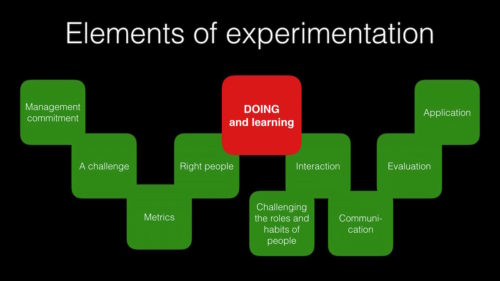 At this stage, the idea is tested using a pilot test. The test is done within a targeted environment / market. As a product or solution is tested, pricing and acceptance is the key to the success of Innovation. The aim is to test if the idea is ideal and suitable for the Organization.
At this stage, the idea is tested using a pilot test. The test is done within a targeted environment / market. As a product or solution is tested, pricing and acceptance is the key to the success of Innovation. The aim is to test if the idea is ideal and suitable for the Organization.
If an idea is too complex for the organization or it’s a premature idea, then it should not be implemented. Premature ideas should be parked for a later date.
Ex: Apple Inc. Once set aside an idea until the company knew it was the right time to release it to the public. When the Mp3 player was introduced in the market, Apple held back the idea of an iPod. Apple released the iPod three years after the Mp3 had already hit the market. The iPod idea was premature for the market back then and would not have attracted as many customers as it did three years later.
So, even if an idea has been accepted in the market and is affordably priced, at times it is ideal to hold back until the Innovator and the Leadership agree that it is the time is right to release it in the market. It is only through the proof of concept stage that you can get this information. Also, Innovators should not assume that an idea is beyond reproach to the extent that the market cannot reject it.
Experimentation can be a continuous process or a one-time activity. In some instances, the experimentation stage generates new ideas. Innovators can generate new ideas from this experimentation stage by considering the feasibility of the original idea and by analyzing the results.
Step 4. Commercialization
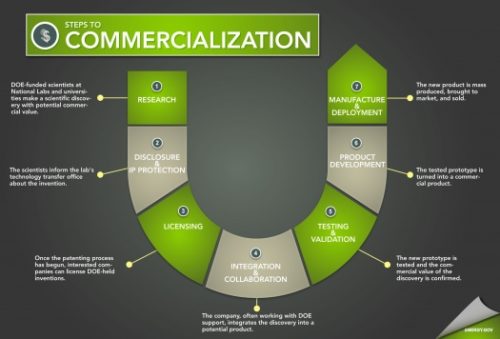 When you get to this stage, just know the product is ready for the market. The major work at this stage is to persuade your target audience that the innovation is good for them.
When you get to this stage, just know the product is ready for the market. The major work at this stage is to persuade your target audience that the innovation is good for them.
To do this, explain how the innovation will be of use to them, when it will be used, and demonstrate the benefits of the innovation using the prototypes. Be very specific about the idea in regards to any information that could attract customers to your idea.
Step 5. Diffusion and Implementation
Diffusion and implementation are two different stages: diffusion is where the organization accepts the innovation and implementation is setting up everything that is needed to develop and utilize or produce the innovative idea.
Knowledge brokers are used to diffuse the idea in an organization. The knowledge brokers communicate the specification about the idea and its usability. This information helps your employees to understand the idea in a deeper way. After they understand it, then they implement the idea.
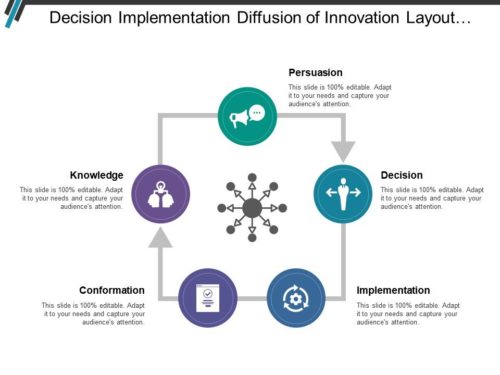 Diffusion and implementation requires access to production files, logistics, and market routes amongst others. For the idea to succeed, work in collaboration with industries and businesses, get into partnership and subcontract management to ensure the innovation is fully implemented. The feedback that you receive at this stage can be used to come up with future ideas.
Diffusion and implementation requires access to production files, logistics, and market routes amongst others. For the idea to succeed, work in collaboration with industries and businesses, get into partnership and subcontract management to ensure the innovation is fully implemented. The feedback that you receive at this stage can be used to come up with future ideas.
Five factors have been identified to affect the extent and rate of diffusion of a new product in the market. They include relative advantage, complexity, observability, compatibility, and trial-ability.
Trial
Trialability is the ability of an innovation to be experimented on. Any innovation that can be experimented on a limited basis has low level of uncertainty to potential adopters.
However, if the negative effects from experimentation are more than the positive effects, then the customers might not be quick to adopt the innovation. Consequently, if the customer cannot separate the desirable from the undesirable consequences of an innovation, the trialability might reduce the chances of adoption.
Relative advantage
When a new product or service is released into the market, customers will compare it with the previous product or service. They will also compare it with other products or services provided by the competitors. Product or Solution will diffuse easily only if it compares well in the two scenarios. This is called relative advantage.
The higher the relative advantage, the faster the product will be adopted. For a product to have a relative advantage, one must consider primary and secondary attributes that lead to diffusion of your innovation. Primary attributes include the size and cost of the product. In contrast, secondary attributes include compatibility and relative advantage. In most cases, the primary attributes do not matter a lot and may remain the same for all adopters. However, secondary attributes vary from one adopter to the other.
Therefore, to overcome the challenges posed by secondary attributes, use incentives to market your products. Incentives will increase the relative advantage while at the same time reducing cost of incompatibilities and subsidizing trials.
Observability
This is the measure of the results of an innovation. The more visible the results from an innovation are, the easier it is to adopt an innovation.
Compatibility
When talking about compatibility, it is how well the product is consistent with the existing needs, values and experience of potential adopters. Compatibility has two distinct aspects: values and norms, and existing skills and practices. How an innovation fits in with the procedures, equipment, performance and existing skills affect the adoption process. If an innovation is a technical innovation, the adopter may be faced with two kinds of costs; the cost of purchasing and using the innovation and the cost of buying it. So, if there is information about the innovation and there are trained personnel to use the innovation, then the cost will be reduced for the adopter. In that case they will be more receptive to acquire the innovation.
When it comes to norms and values, the organization or the innovation or the two have to change to fit in to the existing norms and values. This reduces misalignment between the adopter and the innovation. If your innovation is compatible, then it is easily adoptable. This is why it is important to carry out continued research and development during and after the innovation process. It ensures that your innovation remains compatible throughout its lifetime.
Complexity
This is how complicated an innovation is perceived to be. If it is difficult to use or understand, then adopters might stay away from it. Innovations that require customers to acquire new knowledge might take time to be adopted. If an Innovator is trying out something that requires new knowledge or skill, one needs to be patient and make plans to provide the knowledge needed. Otherwise, you they get very disappointed with the innovation.
MODELS FOR INNOVATION
Every person has a drive for innovation be it in small things or big ones. So far there have been six models that have been relied on for innovations. Technology, research and development and market trends have contributed in the evolution of these models over time. It is also important to understand the advantages of each model and the disadvantages. Note that the disadvantages led to the creation of new models to overcome the shortcomings of the old models.
First generation model – Technology Push
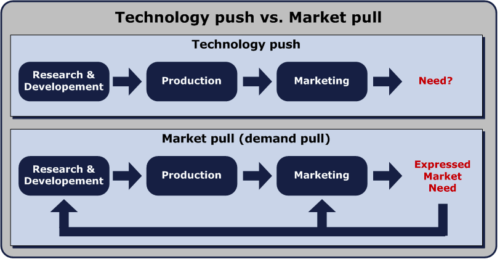 The first generation model was developed by NASA in 1960 as a management tool. NASA referred to the process as the Phase-review-processes or the technology push. The process was broken down to help in systematizing the work and for controlling contractors and suppliers who were working on space projects.
The first generation model was developed by NASA in 1960 as a management tool. NASA referred to the process as the Phase-review-processes or the technology push. The process was broken down to help in systematizing the work and for controlling contractors and suppliers who were working on space projects.
Since progress to the next stage relied on completion of the previous stage, the management held a meeting when a stage was completed. Their role was to determine whether the set objectives for the stage had been met. They also met to decide on the progress of the project. The processes were linear in nature and relied on engineering.
Basically, the model assumes that technological advances from scientific discovery and research and development come before ‘pushed’ technological innovation through engineering, marketing, applied research, and manufacturing towards successful inventions or products as outputs.
Advantages of the model
- First, all the tasks were completed as one process had to be completed before moving on to the next one.
- Secondly, the model reduced technical uncertainties.
Disadvantages of the model
- The fact that all activities within a given phase had to be completed before progressing created delays. This is because all other activities were put on hold until the management review for the particular stage was completed.
- Another disadvantage is that the marketing phase was left out; the model mainly dealt with the development stage of an idea.
Second generation model – Market Pull
The second generation models are similar to their predecessor except that, the model draws its innovation idea from the market place. The first generation model draws its idea from research and development and science which are different from the second model.
Besides, they are both linear structures.
Third generation model – Coupling Method
 The second and first generation models had a number of limitations which the third generation model tries to overcome. Cooper is credited to have come up with the third generation models. The stage acknowledges that customer satisfaction, market trends and technology are all important in the innovation process. Cooper developed a standardized approach for development of projects.
The second and first generation models had a number of limitations which the third generation model tries to overcome. Cooper is credited to have come up with the third generation models. The stage acknowledges that customer satisfaction, market trends and technology are all important in the innovation process. Cooper developed a standardized approach for development of projects.
The model uses the stage gate approach in developing an innovation. Every stage has a purpose which must be completed before moving to the next stage. If one stage is reviewed negatively, then the team does not move on to the next stage. As a result, they continue working on the present stage until it is positively reviewed.
According to the third generation model, an idea originates from creativity, customer feedback or basic research. Evaluation of the ideas takes place in the first gate. The evaluation is based on ‘should meet’ and ‘must meet’ criteria such as feasibility with company’s policies or strategic alignment. Besides, the stage is inexpensive and takes a short period of time.
The gate assesses the innovative idea in terms of finances, market and technology. Further, the second gate characterizes detailed investigations which results in a business plan. Therefore, the business plan acts as a basis for decision making about the idea.
Consequently, if the idea is accepted, the process of developing the product begins in stage three. In addition, the team develops a marketing concept. Gate three produces a prototype of the product. The prototype is evaluated to make sure it meets the specified standard stated in gate three. During the validation stage, customer field trials, in-house product tests, trial productions and tests markets take place.
After the product is verified, then you can plan for market launch and production start-ups. The third generation model allows for not only linear processes but also parallel ones in order to speed up the process. The model also involves all processes from innovation to the launch of the idea.
Advantages of the model
- The stage gate model is very efficient and it offers a standardized way of achieving an innovation.
- Consequently, the model relies on loops of feedback which make it more interactive and efficient.
- The processes involved are transparent and the teams involved share a common understanding. Therefore, there is communication within the team and with the top management.
IBM, General Motors, Northern Telcoma, and 3M all use this model in all their innovations. The companies say that the model enables them to achieve success in their innovation processes.
Disadvantages of the model
- On the contrary, the gates are rigorous in the first stages of concept and idea generation.
- Although the model is effective, it might be inappropriate when you anticipate radical innovations. Thus, in such a case, then a more flexible, learning-based approach is sufficient.
- The model leaves out post launch refinement, exploitation and optimization.
Fourth generation – Interactive Model
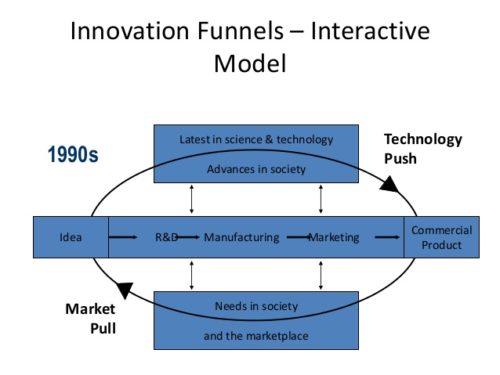 The fourth generation model uses an interactive approach which is different from the linear approach which the previous models use. Furthermore, the model looks at the innovation process as a set of parallel activities across the organizational functions.
The fourth generation model uses an interactive approach which is different from the linear approach which the previous models use. Furthermore, the model looks at the innovation process as a set of parallel activities across the organizational functions.
However, the interactive models do not explain the innovation process. As a result, there has been an increase in:
- Strategic vertical relationships more so at the supplier interface.
- Horizontal strategic alliances and collaborative research and development consortia,
- Greater emphasis in cross functional and parallel integration development within firms. The purpose for the interaction and collaboration is so as to gain greater potential from real time information processing.
- Innovative SMEs creating external relationships with small and large firms.
The Minnesota Innovation Research program is a good example of a fourth generation model. The model was developed in 1980 and is also known as the MIRP model.
It has three distinct stages that firms follow to develop an innovative idea. There is the initiation period then the development period and finally, the implementation period. There are specific processes that take place during each stage of the process. However there are no boundaries between the periods. In fact, the characteristics between periods seem to overlap.
Specifically, the development and implementation stage overlap. This is because, a number of innovation ideas develop when the innovation team interacts with the market.
Disadvantage of the model
- The model does not include the adoption, continued improvement and introduction to the market place processes.
Fifth generation model – Network Model
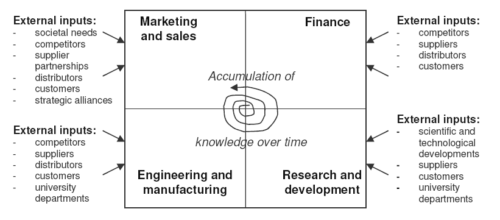 The fifth generation model is also known as the network model or a closed innovation model. The model was developed in the 1990’s. Closed innovation models explain the intricacy of the innovation process.
The fifth generation model is also known as the network model or a closed innovation model. The model was developed in the 1990’s. Closed innovation models explain the intricacy of the innovation process.
Its main focus is the involvement of the external environment. Besides, the model also focuses on effective communication with the external environment. Since innovation relies on both external and internal networks, the model emphasizes on the need for establishing links between the two networks.
Galanakis developed an innovation model which borrows a lot from the fifth generation model. His model uses the thinking approach which he refers to the ‘creative factory concept. ’The firm is at the center of the model. Its position signifies its role in generating and promoting innovations in the nation, industrial sector and the market. Hence, the model relies on three main innovation processes:
- The first process involves creating knowledge from industrial or public research.
- Secondly, the product development process where the knowledge is transformed into a product.
- Thirdly, product success in the market. The success of the product is dependent upon the product’s functional competencies. Further, it also depends on the firm’s competency to produce high quality product at a reasonable price and to place it in the market adequately.
Internal factors such as organizational structure and corporate strategy amongst other affect the process. Additionally, external factors like national infrastructure and regulations amongst others also affect the process.
Sixth generation model – Open Innovation Model
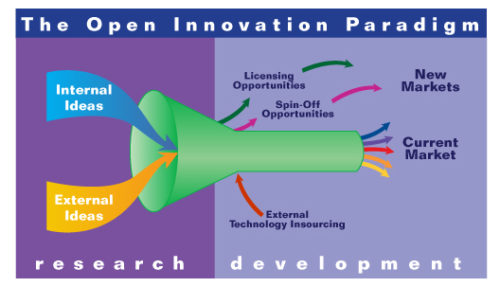 The open innovation model is also known as the sixth generation model. The model is a network model. It focuses on;
The open innovation model is also known as the sixth generation model. The model is a network model. It focuses on;
- Internal and external ideas
- External and internal paths to markets
Open innovation model looks at how a combination of the two concepts can lead to technological advancements. Chesbrough came up with the team open innovation. Besides, the model presents less risks when innovation. Companies who use this model enjoy a large pool of ideas to start with. They then narrow down to the most ideal idea.
Future Trends in Innovation
The ways in which we innovate have evolved dramatically over a generation. The first set of trends are about the ways emerging digital technologies are enabling new innovation processes.
Trend 1: AI is reinventing the way we invent -
The greatest impact of artificial intelligence (AI) may not be through widely known applications like driverless cars or image recognition but through altering the process of innovation. Fields such as material science and medicinal chemistry face the challenge of identifying and understanding huge numbers of compounds. Generative adversarial networks can assist by pitting AIs against each other to help find answers, as is being done through In Silico Medicine’s and Neuromation’s approach to drug discovery. Other ways in which smart machines are helping with innovation include BenevolentAI’s use of natural language processing and AI to analyse structured and unstructured scientific data.
Trend 2: Machines are getting creative -
Advances in AI are giving machines the ability to create novel designs rather than simply optimise existing solutions as had been done in past. This process of digital generative design involves innovators providing machines with goals and constraints from which solutions are generated through a process that imitates biological evolution. At the forefront of this approach is the company Autodesk that collaborated with NASA’s Jet Propulsion Laboratory, to explore new approaches to designing an intra-planetary lander. Digital generative design is aided by additive manufacturing that allows the rapid construction of some of the products conceived through this process.
Trend 3: Open innovation is going micro -
The innovation process and large innovation challenges are starting to be broken down into smaller challenges in an evolution of open innovation. This micro open innovation is gaining traction because the open innovation system is now large enough to sustain smaller challenges, which are more attractive to individuals who want to learn, develop portfolios and do not have access to substantial teams or resources. It can also allow more iteration and faster results. Micro open innovation has been successfully used by General Electric’s platform Genius Link to reduce the weight of an aviation component by 84%, and at NASA to develop ">this video for the RFID-Enabled Autonomous Logistics Management (REALM) project.
The second group of trends are organizational innovations that are spurring innovation.
Trend 4: Efforts to remove bias from funding decisions -
There is increasing recognition that the current system of funding new ideas can be biased with mixed gender founder teams making up a lower proportion of investments by venture capitalists than the pitchdecks (proposals) venture capitalists receive. In response, novel methods of decision-making are being explored that can make innovation funding not only fairer but also more efficient and support bolder ideas. Funders are starting to use these tools to override their biases and explore fairer ways of supporting innovation.
Fairer methods of funding in the public and charitable sectors include randomisation where elements of innovation resourcing have been distributed by lottery such as at the Volkswagen Foundation or UKRI. Other approaches include collective allocation which is currently being explored in the Netherlands and involves funding being evenly divided with a proportion then allocated to others by individual researchers. In the private sector, Fuel Ventures has starting trialling anonymous pitchdecks in an attempt to avoid unconscious bias.
Trend 5: Distributed and adaptive innovation teams -
Innovation leaders are starting to galvanize people around challenges in small, relatively autonomous multidisciplinary teams that are coordinated more through shared mission, culture and principles than traditional management hierarchies. This more distributed way of organising offers flexibility and is more suited to tackling complex problems than direction from the centre. Examples build on Spotify’s well known squads and chapters models that are interpretations of Laloux’s ‘Teal’, or self-organising systems implemented on a team level in Pepsi, or company-wide in Klarna last year.
Trend 6: ‘Firefly’ companies -
Decentralised Autonomous Organisations, or DAOs, are companies powered by automated smart contracts on the blockchain such as Digix. These entities can routinely and rapidly form and close down autonomously (i.e. without any human involvement). Enabled by this new technology, firefly companies may become a way of rapidly prototyping organisations that will be capable of testing new markets and capturing value from them without any human intervention or overhead.
The third group of trends are about priming the ability of individuals to innovate.
Trend 7: Mindset is being emphasized over method -
As the number of innovation methods multiply and our understanding of the innovation process matures, there has been growing interest in the mindsets required by innovators and innovation leaders that allows them to adapt to fast-changing and uncertain contexts. The shift away from a purist focus on methodology is illustrated by Stanford d.schools move to teaching design thinking mindset and principles rather than “the” process of design thinking. Other examples of the mindset approach include Mercy Corp’s use of SCARF, a brain-based model for collaborating and learning with others, Strategyzer’s latest research project to quantify the seemingly softer stuff of innovation, and States of Change that focuses on the behaviours and cultures that enable innovation in government.
Trend 8: Organisations are fostering neurodiversity to spur innovation –
Neurodiversity, where neurological differences, such as autism and dyslexia, are recognised and respected as much as any other human variation is gaining traction as a feature not a bug for innovation teams. This builds on the growing recognition by companies like Slack of the importance of diversity not only for moral reasons but also to strengthen innovation.
Fuelled by their belief that innovation comes from the edges, the German software multinational SAP pioneered neurodiversity in their hiring and support practices through the Dandelion Principle. Now neurodiversity is being incorporated into the recruitment practices of the likes of Microsoft, Ford and EY as an enabler of innovation. Neurodiversity forms part a wider move to apply insights from neuroscience to innovation, such as through neuroleadership discussed below.
Trend 9: Neuroscience is shaping leadership development -
Deeper understanding of our neurology, powered in part by new measurement tools such as such as Bitbrain’s neurotechnology sensors, is being used to develop the skills of innovation leaders and help them better navigate complexity and uncertainty. New forms of training and development designed to improve awareness of findings from neuroscience include Lab Of Misfits’ immersive masterclass experiences.






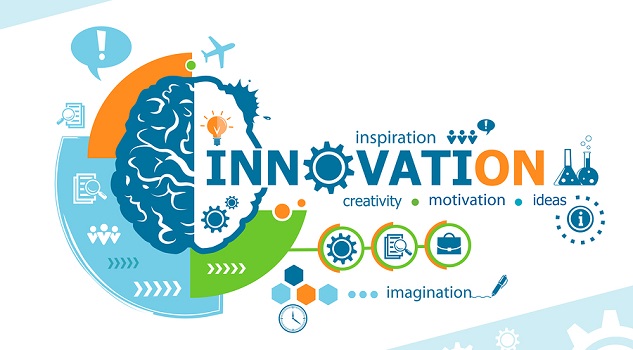
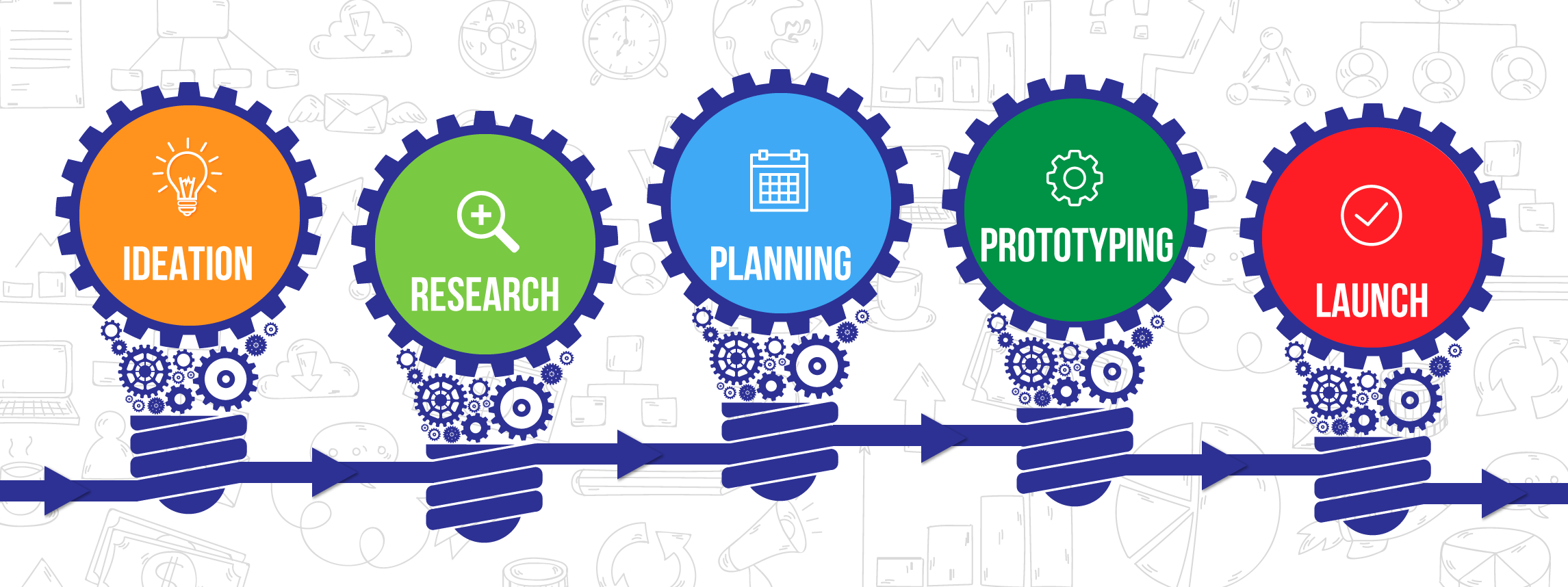
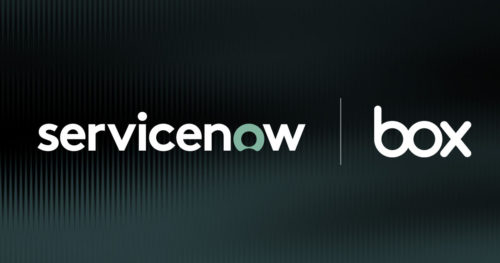
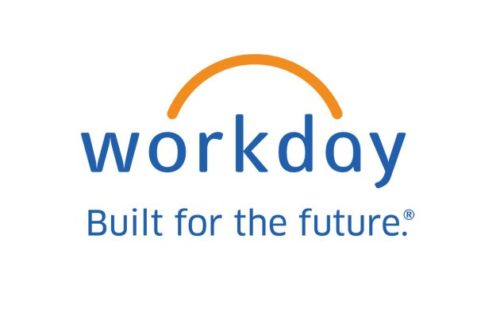

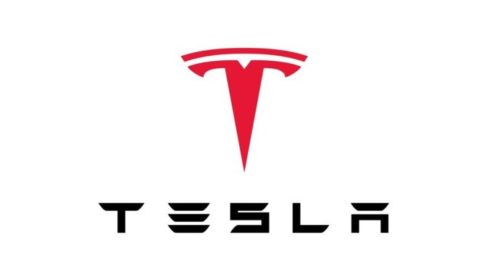


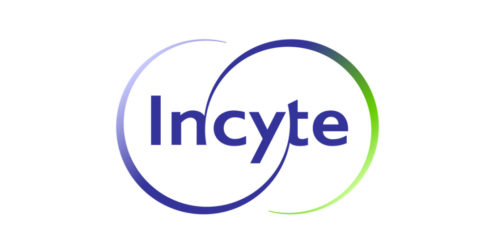
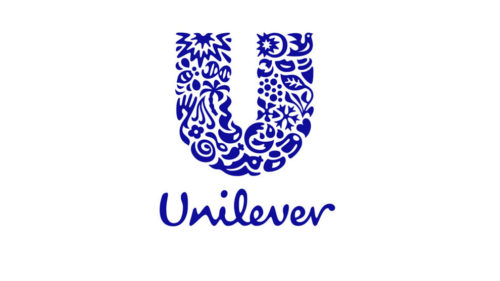
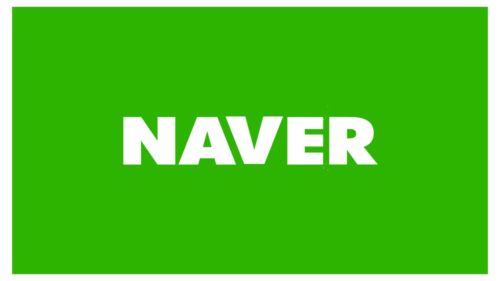


Leave a Reply